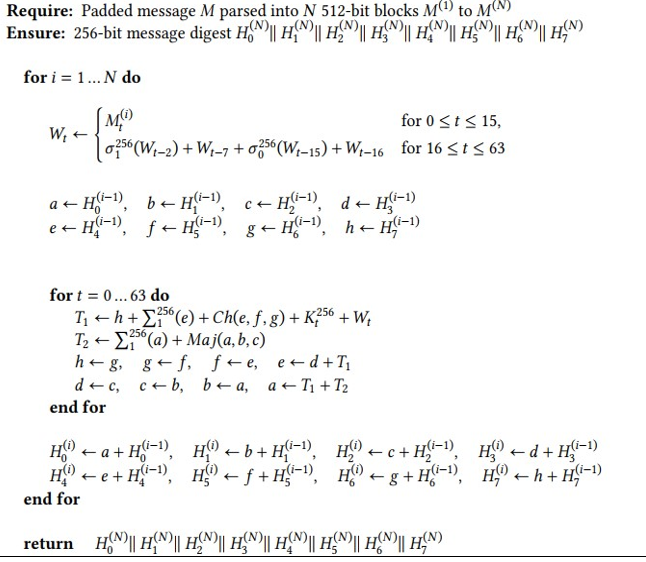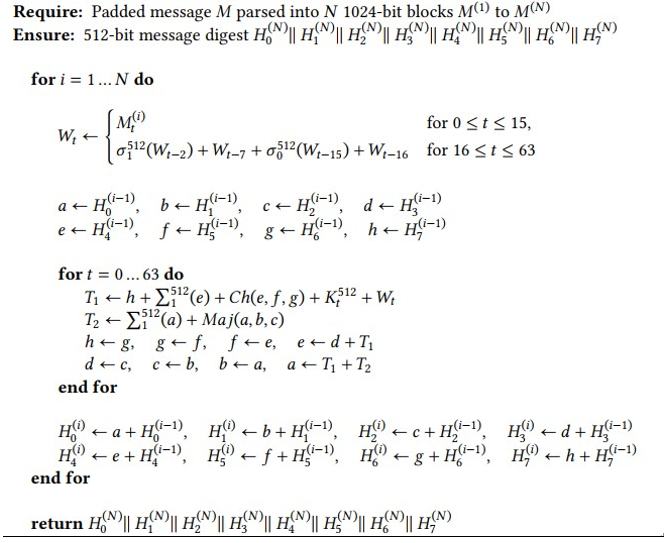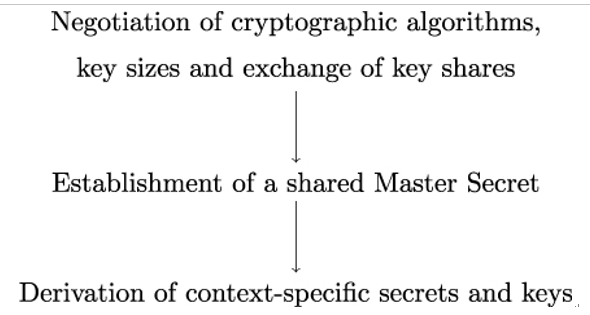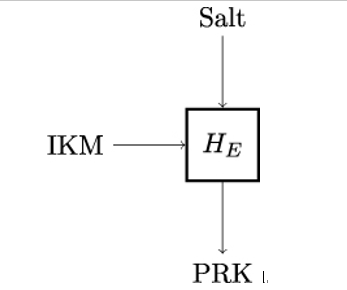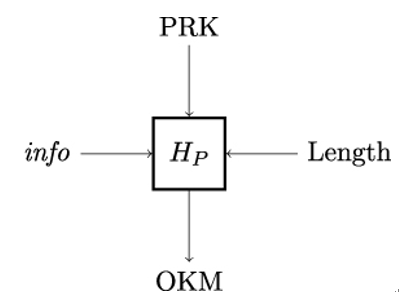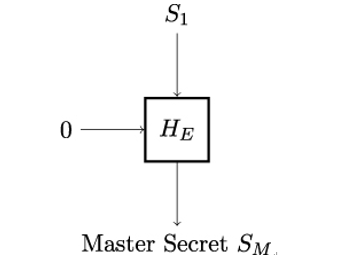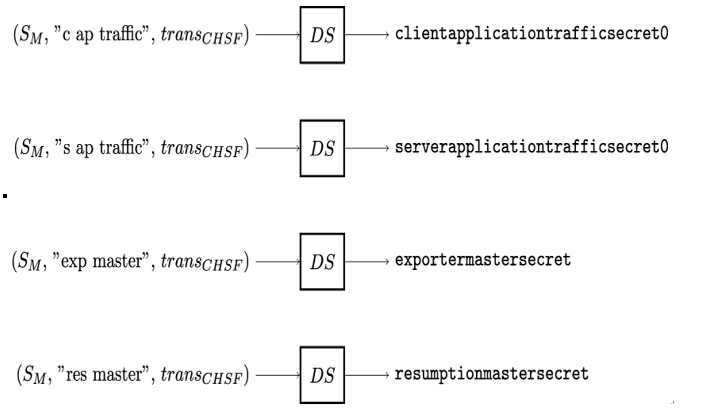11.6 MAC versus CRC
Can we construct a MAC without a cryptographic hash function and without a secret key? Let’s take a look at the Cyclic Redundancy Check (CRC), which is popular error-detecting code used in communication systems to detect accidental errors in messages sent over a noisy or unreliable communication channel.
The working principle of error-detecting code is for the sender to encode their plaintext message in a redundant way. The redundancy, in turn, allows the receiver to detect a certain number of errors – that is, accidental bit flips – in the message they receive. The theory of channel coding, pioneered in the 1940s by the American mathematician Richard Hamming, aims to find code that has minimal overhead (that is, the least redundancy) but, at the same time, has a large number of valid code words and can correct or detect many errors.
CRC is so-called cyclic code, that is, a block code where a circular shift of every code word yields another valid code word. The use of cyclic code for error detection in communication systems was first proposed by the American mathematician and computer scientist Wesley Peterson in 1961.
Cyclic code encodes the plaintext message by attaching to it a fixed-length check value based on the remainder of a polynomial division of the message’s content. The receiving party repeats that calculation and checks whether the received check value is equal to the computed check value.
The algebraic properties of cyclic code make it suitable for efficient error detection and correction. Cyclic code is simple to implement and well suited to detect so-called burst errors. Burst errors are contiguous sequences of erroneous bits in communication messages and are common in many real-world communication channels.
CRC code is defined using a generator polynomial g(x) with binary coefficients 0 and 1. The plaintext message, encoded as another polynomial m(x), is divided by the generator polynomial. The CRC is then computed by discarding the resulting quotient polynomial and taking the remainder polynomial r(x) as CRC, which is subsequently appended to the plaintext as a checksum. The whole arithmetic is done within the finite field 𝔽2, therefore the coefficients of the remainder polynomial are also 0 and 1.
As an example, we can compute an 8-bit CRC using the generator polynomial g(x) = x2 + x + 1. To encode a message, we encode it as a polynomial, divide it by the generator polynomial x2 + x + 1, and take the remainder of this division as the CRC check value to be appended to the plaintext message.
